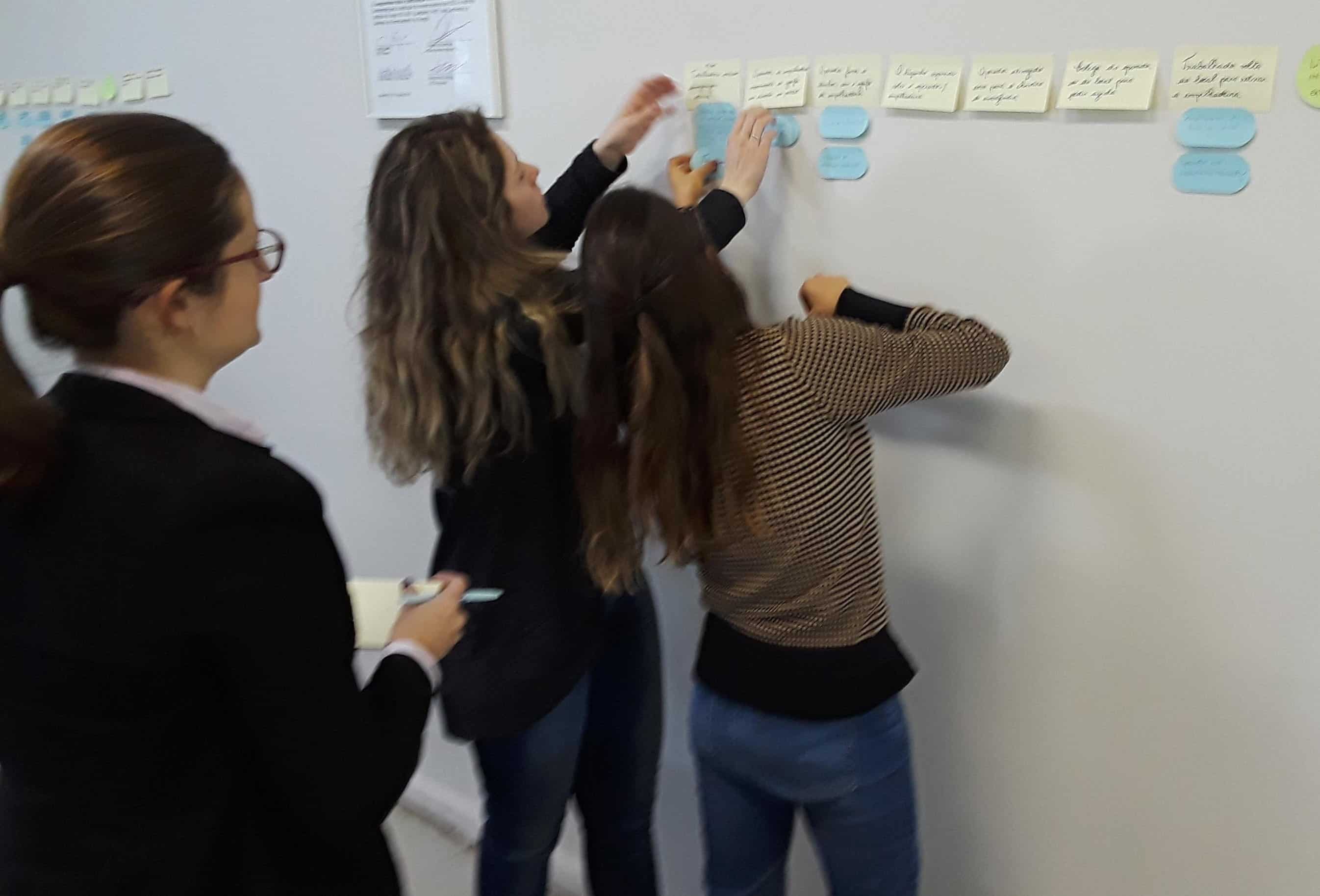Friday Jokes

Friday Jokes are memes, videos, and anything funny! Tune in every week for another joke that may (or may not) relate to root cause analysis.
06/06/2025
Is following instructions a virtue? 🤔
If your instructions are hard to follow, yes!
Human error doesn’t have to be a given. We can develop better procedures, designs, and layouts to strengthen our human engineering systems and set our teams up for success!
Join Alex Paradies for the Stopping Human Error Course at the Global TapRooT® Pre-Summit!
05/30/2025

It’s a Causal Factor, not a Triforce! 😤
They might look similar, but they’re very different!
What is a Causal Factor? 💥
A Causal Factor is a mistake, error, or failure that directly leads to (or causes) an incident or fails to mitigate the consequences of the original error. There are usually multiple Causal Factors per incident.
We don’t point out mistakes to assign blame; we investigate them deeply and develop corrective actions to prevent them in the future.
In short, Causal Factors help us focus on the human performance issues at hand.
What is a Triforce? ⚔️
A Triforce is a fictional relic from The Legend of Zelda series. It’s a very powerful tool in the right hands — just like root cause analysis!
Be honest: have you ever called a Causal Factor a Triforce before?
05/23/2025

Near misses are not just close calls.
They’re precursors to larger, systemic issues. 🤓
Near misses happen when only one or two safeguards prevent a major accident. For example, a foreign object striking a worker’s PPE is the last line of defense that prevents an injury.
We call these precursor incidents because…
• They foreshadow major problems that will happen again without intervention.
• It’s not time to wipe the sweat off our brows just yet. We need to investigate further.
• They deserve just as much attention as major accidents.
💬 What do you think? Do you call these near misses or precursor incidents?
05/16/2025

Some safeguards get more attention than others. Why do investigations always lead to extended procedures or additional training?
Because they’re easy fixes. But they’re not the most effective!
Procedures and training are important human performance tools, but we can’t rely on these systems for every corrective action. Human engineering is often overlooked during investigations. It’s the backbone for successful work systems.
In simple terms, strong human engineering means the work is easy to do right and hard to do wrong.
If an incident involves a chemical hazard, for example, a thorough investigation of human engineering would ask the following questions:
- Can we replace this hazard with something less harmful?
- Can we relocate the hazard further from the workers?
- Can we reduce the quantity of the hazard?
A relocated hazard is much less likely to cause an incident than a retrained worker!
How deeply do you look at human engineering during your investigations?
05/09/2025

“I’ve done it this way a million times and I’ve never been injured.” 🤡
Why do workers try to negotiate with their own well-being?
Don’t be so quick to answer “incompetence” or “stubbornness.” This attitude can stem from more complex, systemic issues:
🧠 Cognitive Heuristics
The Illusion of Safety in Familiarity is one of many biases that may impact risk analysis. It’s important to routinely remind workers of what’s at stake, especially if workers become desensitized to the hazard.
🎓 Surface-Level Explanations
Workers may know what they’re supposed to do, but they might not realize why each step is important. Training, procedures, and supervision should explain the necessity of the protocol.
🏃 Conflicting Workplace Priorities
When deadlines and quotas are established as major priorities, safety seems less important in comparison. A healthy work culture will always reward safety compliance above all else.
05/02/2025

Root Cause Analysis should be used for good, not evil! ⚔️
Far too often, we see investigations lead to disciplinary action.
That defeats the purpose of an investigation: to dig deeper!
If we can look past who was involved in an incident, we can find what work systems played a role in the mistake. To give just a few examples:
• Are the procedures inconvenient to access?
• Are repeat backs not used to communicate important tasks?
• Is the human engineering interface not intuitive?
If a root cause analysis program is just an excuse to fire workers who make mistakes, these questions will never be answered. What stops a replacement from falling into the same pitfalls of our systems?
04/25/2025

Don’t be like Lord Farquaad. 👑
Never sacrifice safety!
While most of us know that safety comes first, many teams fail to take the correct action in response to an imminent hazard: to stop production! 🚫
There are quite a few reasons for this…
😕 Missing the Hazard
Workers can’t stop a hazard they haven’t noticed, of course. We need to provide and practice the proper skills and knowledge to detect potential hazards.
😓 Fear of Falling Behind
When production is made a top priority, safety falls on the back burner. A healthy work culture always puts safety first!
🤷 Shrugging Off the Consequences
Over time, workers may become desensitized to daily hazards. We shouldn’t just remind operators what safe protocols are, but why we need to consistently practice them.
👀 Peer Pressure
Workers may struggle to bring up safety concerns if no one else has noticed or expressed concern. A strong communication system provides plenty of opportunities for feedback.
… and that’s just the tip of the iceberg.
04/18/2025

What is reluctant compliance, and why is it important?
Like this meme, reluctant compliance means to follow orders technically. It describes the outward obedience of rules, but with inward hesitation, resistance, or disagreement. To give a few examples:
- An operator barely listens to a team meeting they don’t see the point of.
- A hurried manager pencil whips through a safety checklist.
- A maintenance worker only performs lockout / tagout when being supervised.
Reluctant compliance is particularly alarming because it creates a disconnection between workers and executives.
To avoid this issue, everyone can contribute to a more honest work culture:
Workers 👷
If you feel like part of your protocol is unnecessary, redundant, or cumbersome, speak up. You might not realize the importance of certain steps, or you can help design a more intuitive process.
Managers 💼
Ask questions and listen. Your subordinates might have frustrations that you can reexplain or pass along, but they might not feel comfortable expressing those unprompted.
Executives 👔
Be open to further improving or communicating your systems based on feedback. Your workers can have valuable insights to better optimize your human engineering systems, or they might not have been educated on the importance of following protocol.
What do you think? What is the funniest instance of reluctant compliance you’ve seen?
04/11/2025

Which is better: HOP or RCA?
Well, that’s a loaded question. Let’s break it down:
What is HOP?
Human Organizational Performance (HOP) is a contemporary approach to work performance that accepts human error as a natural phenomenon. It varies in its execution but typically consists of five core principles:
• Humans make mistakes. Human error is expected and should be built around in our systems.
• Blame is useless. Focusing on “who did it” rather than “what happened” doesn’t help us solve the problem.
• Context drives behavior. We need to know how to cultivate an environment that improves performance.
• Failure is a learning opportunity. Incidents provide evidence that can be used to improve our systems.
• Leaders set the standard. How the leadership team handles problems establishes our work culture.
What is RCA?
Root Cause Analysis (RCA) is the process of finding the missing best practices or knowledge needed to prevent a problem. It also varies from program to program, but the steps generally include:
• Gathering data,
• Identifying causal factors, and
• Determining the root causes.
A stronger RCA program will include next steps, such as a streamlined process for corrective actions and performance monitoring.
Which is better?
Because HOP and RCA are such broad terms, it’s impossible to conclusively say which one is better. Both a HOP consultant and an RCA program can succeed or fail to make systematic improvements; it depends on the robustness of the implementation.
HOP and RCA are not mutually exclusive, either. A team can set up a successful RCA process with the principles of HOP in mind, for example.
In short, the terminology is less important than the quality of your improvement program.
04/04/2025
Root Cause Analysis is serious business. ![]()
But that doesn’t mean we can’t have a little fun! ![]()
Over the past few months, we’ve launched eight shorts — one for each track at the Global TapRooT® Summit. We’ve put together skits, memes, and compilations to spread awareness about our conference.
Get excited about the Summit and have a good laugh by watching them all!



